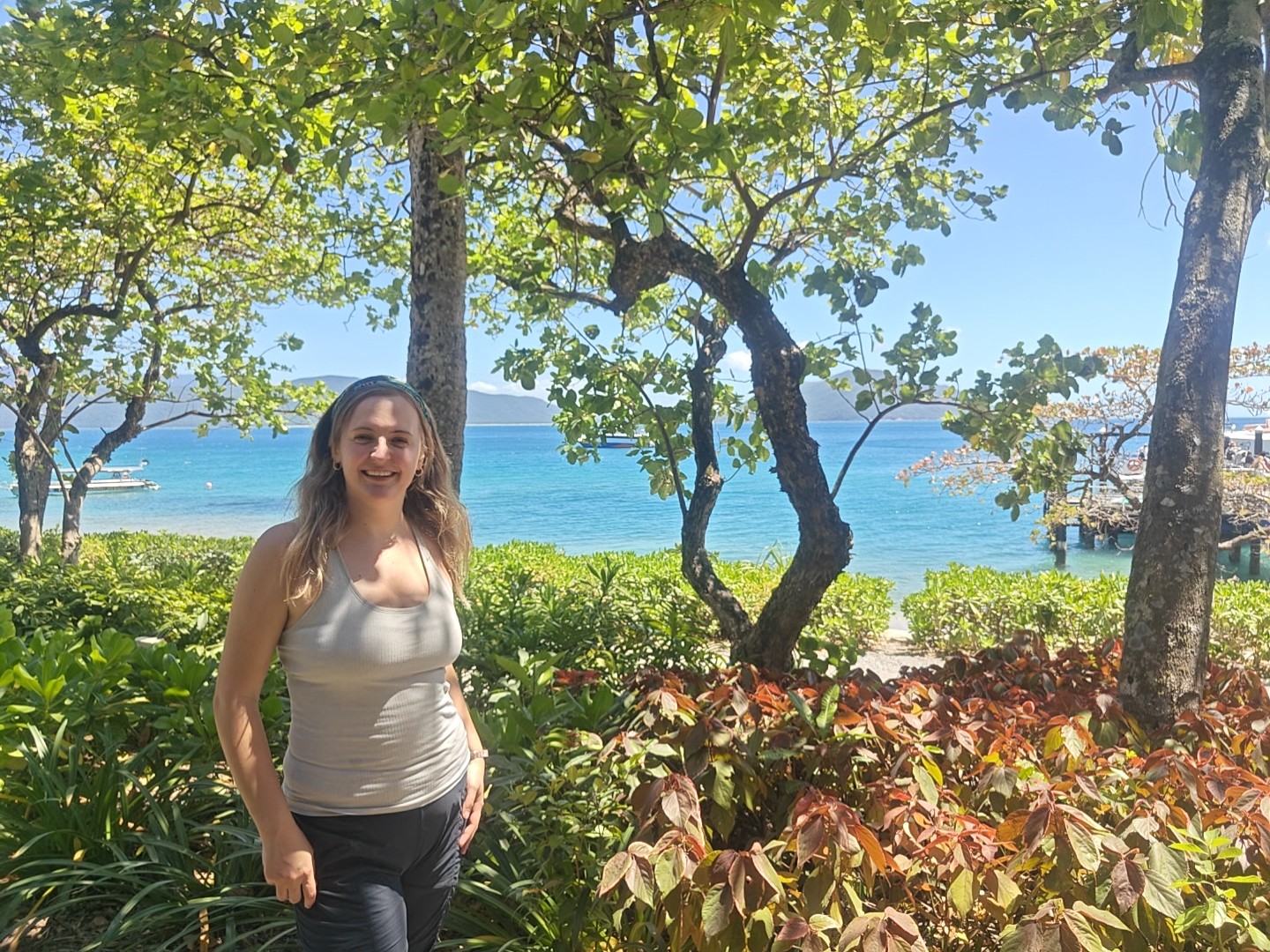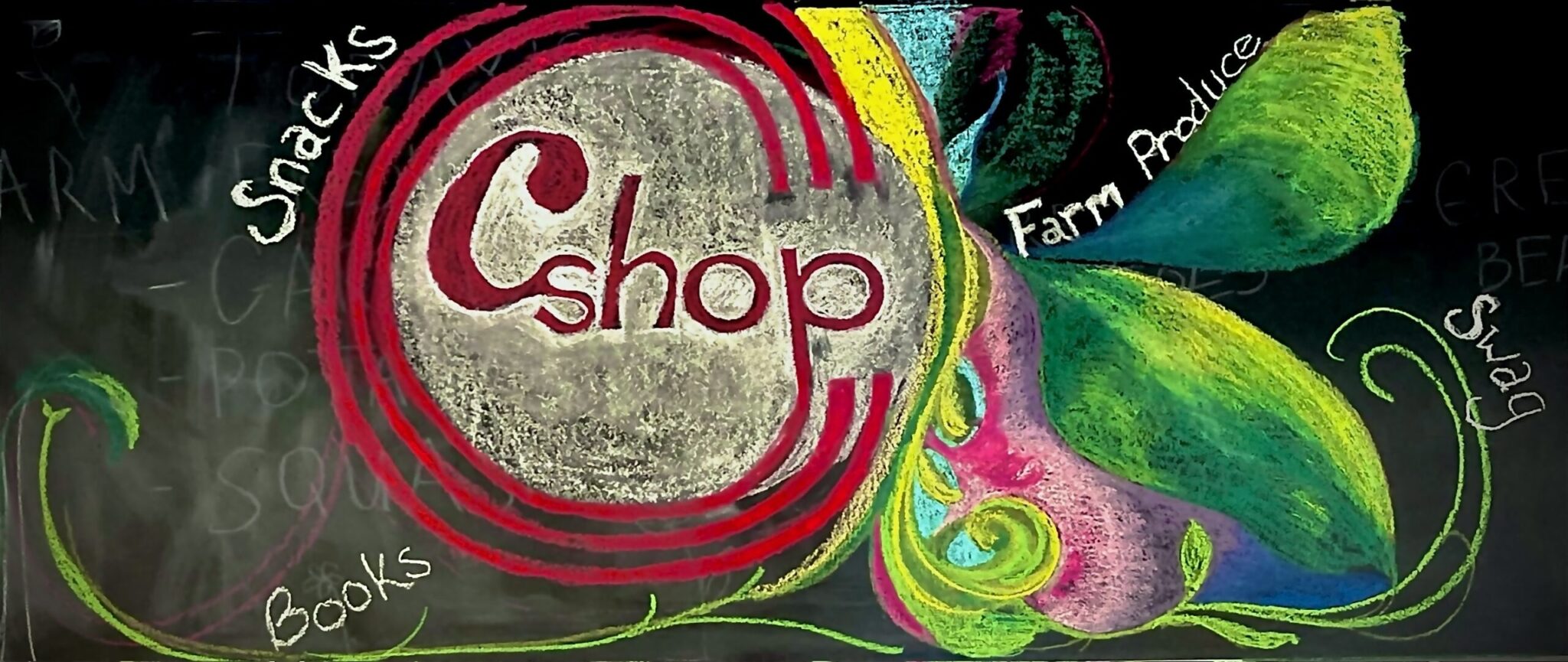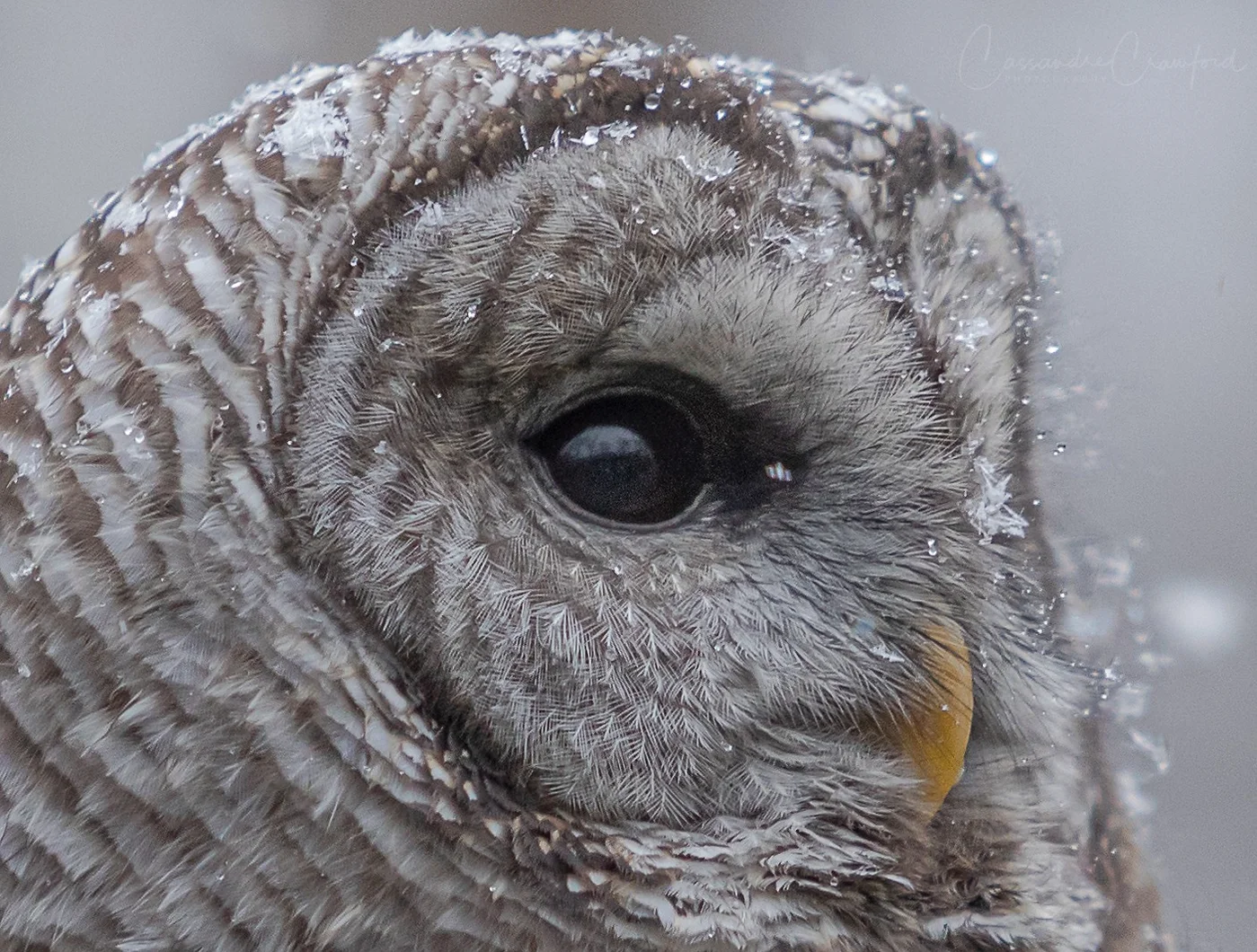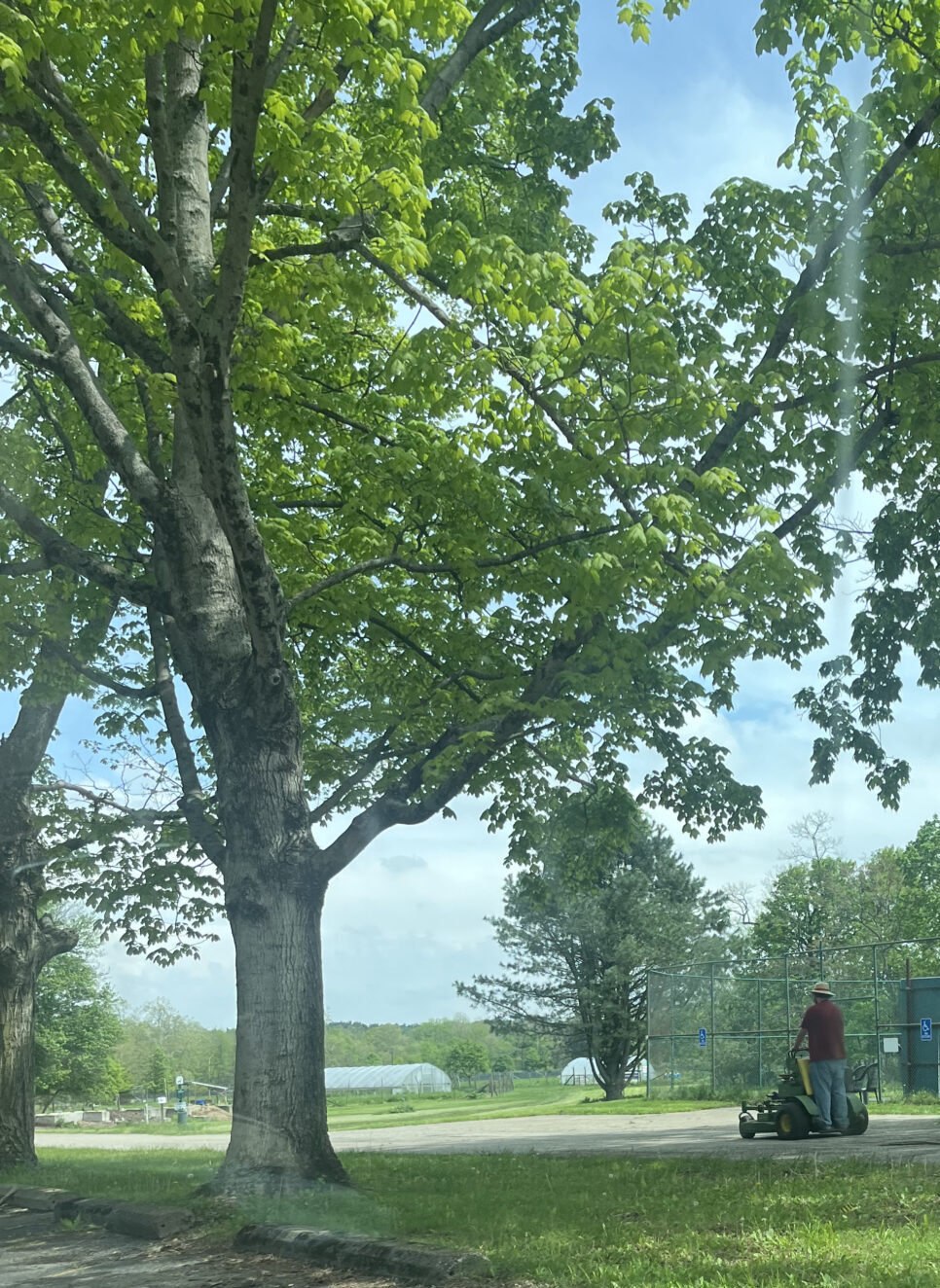Learning the Swedish language, culture and life: Axel Slowe ‘27 at Medlefors in Skellefteå
Dec 04, 2025I am soon closing out my co-op in Skellefteå at Medlefors. Medlefors is a Folk Highschool that focuses on continued education in adulthood. The school has been around for over 75 years, originating as part of a greater movement in Sweden to give working class youth access to education and training. Even with its expansion into a very multifaceted organization, this mission of empowering youth still remains at the core of Medlefors.
Medlefors has many different courses and programs such as restaurant training, health and wellness, general coursework to reach high school qualification, different senior programs, and SFI (Swedish for Immigrants), which I am learning from everyday. In this, I am learning the Swedish language, as well as about Swedish society, government, labor market, and more. Learning Swedish is of course vital to working and living here in the future, but everything else that we learn about life and the systems here are equally important. Assimilation is really my goal here, not in terms of a loss of personal identity that the term can be associated with, but in the engagement with the land and its people and the making of Sweden my home.

Classroom at Medlefors
I am glad to say that I am on this path now. When I came here, the most I could say was ‘Jag pratar inte svenska’ (I don’t speak Swedish). Now I am to the point where I can participate in and follow discussions depending on subject matter, can handle almost all interactions I have during errands, and participate in small talk. And the other subject matter we have gone over at Medlefors has and will serve me well, in talking politics and government, in utilizing and traversing all the systems Sweden has in place, and in just understanding people’s lives and perspectives a bit more here.
Being able to become a part of the community at Medlefors has been incredible. There are people here from so many walks of life. Just within my class are other immigrants from Ukraine, Iran, the Netherlands, Sri Lanka, and many more places. It has been really amazing to talk with them and learn about how they have come to live in Sweden. This exchange has been invaluable, and I think the community here is a significant part of what Medlefors offers.
But going beyond just Medlefors I have continued my learning by visiting different areas around Skellefteå such as museums, galleries, historic sites, the forest and much more. Seeing and doing all these things has taught me a lot about Sweden’s values,
traditions, and very intentional nourishment of its arts and culture. I got the chance to also get out of Skellefteå and explore more of Norrland in Luleå and Jokkmokk, where my grandmother grew up. Visiting these two places allowed me to see some of the rich history that Sweden has, and how life used to be.
My entire stay here has been and will continue to be a deeply personal journey. I have been in America almost my entire life, and have without a doubt become American. And yes, I still had Swedish tradition, and some second hand culture, but that alone does not help me escape knowing full well that I am an American in Sweden. My time at Medlefors, and my further life in Sweden, is all one big step in realizing my Swedish heritage.











